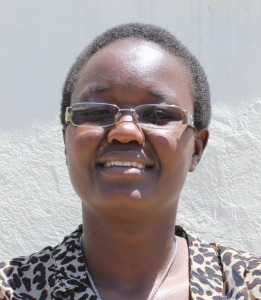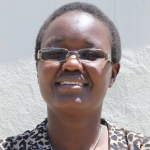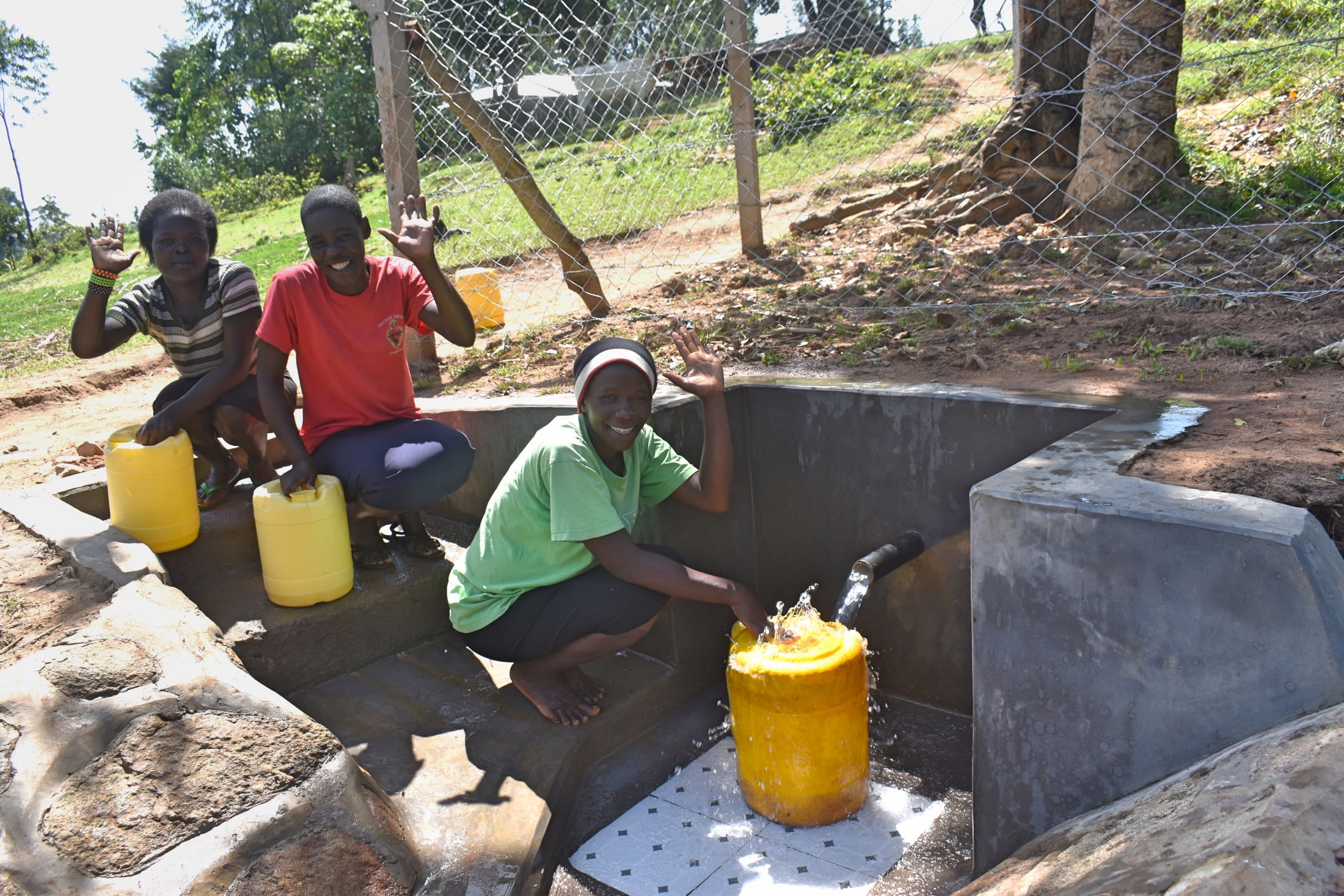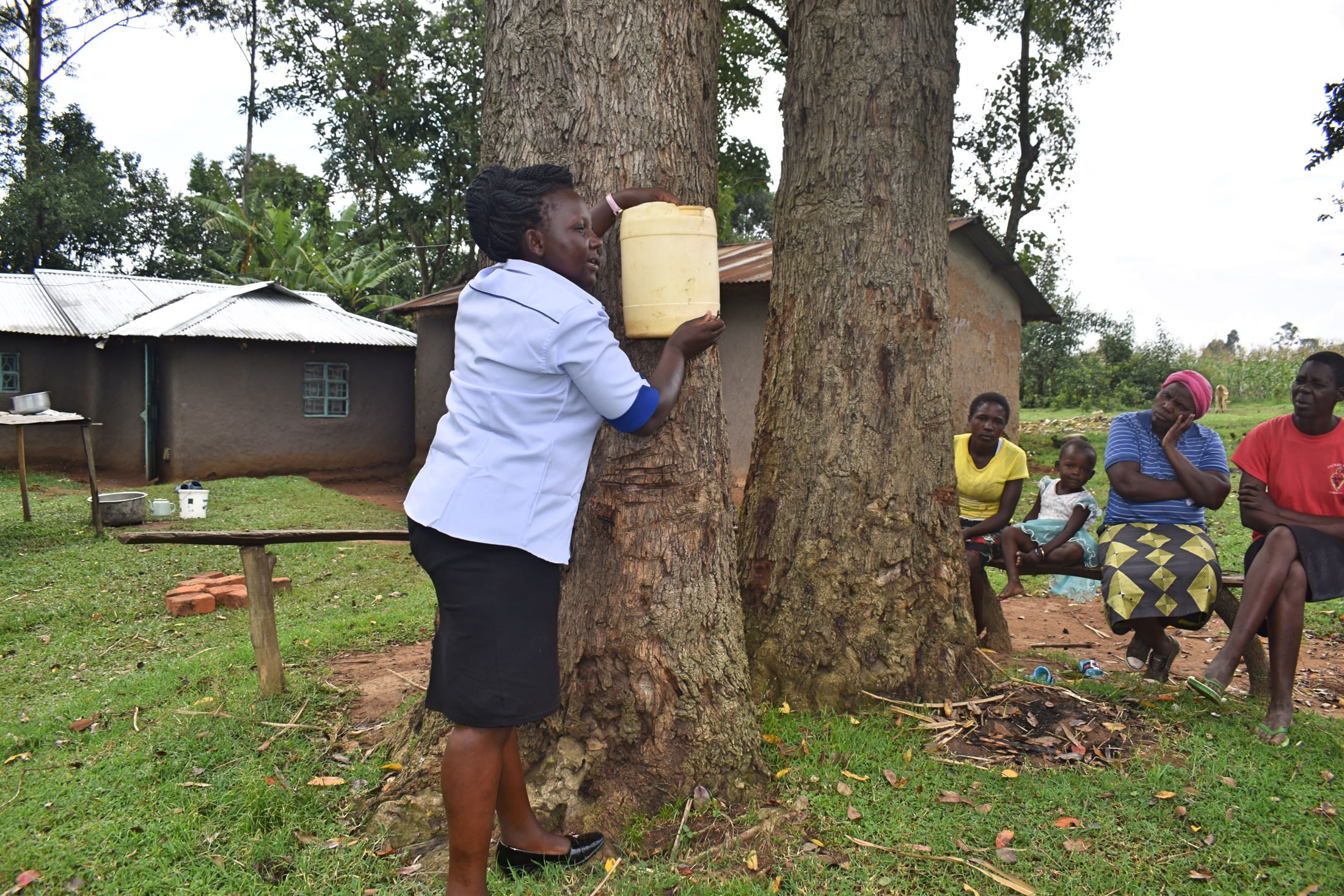The community members of Mulwanda tried to protect Imbofu Spring. But all their efforts were in vain since the protection was done incorrectly. Water is seeping from all sides of the spring, filling the discharge pipe and the collection area with muddy water and dirt.
Each time the 350 community members go to the spring, the first thing they must do is pull mud out of the collection pipe. Then they scoop the dirt out from underneath their feet to line up their container. Those that do not go through the process to remove the dirt scoop up muddy water from the stagnant pool near their feet to take home.
The process takes a long time and makes the water dirtier and more contaminated. The source is always overcrowded because it takes quite some time to clean the spring and fetch water. This has led to conflicts amongst the women and children and put a strain on people's relationships in the community.

"My hand strains a lot, and I sometimes feel pain when [I] am resting. I use a scooping jug most of the time because with my age, [I] am not able to clean the spring by removing all the mud around. It sometimes results in fetching dirty water, after which my mum scolds me back at home, and this has made me hate fetching water," shared twelve-year-old Derrick W.
Children under the age of five are the most affected by the contaminated water flowing from the spring. They are often sick and suffer from typhoid, diarrhea, coughing, and skin rashes. Their parents spend a lot of money on medication and treatment, leaving the family struggling financially.

"My grandchildren have always complained of stomach ache and visiting the hospital it turns out that they had typhoid. This sometimes is very expensive. As a mother, it really affects me because I won't have peace while I see children becoming sick all the time," said Mrs. Roselyne Imbofu Namulunda, a 68-year-old farmer.
What We Can Do:
Spring Protection
Protecting the spring will help provide access to cleaner and safer water and reduce the time people have to spend to fetch it. Construction will keep surface runoff and other contaminants out of the water. With the community's high involvement in the process, there should be a good sense of responsibility and ownership for the new clean water source.
Fetching water is a task predominantly carried out by women and young girls. Protecting the spring and offering training and support will, therefore, help empower the female members of the community by freeing up more of their time and energy to engage and invest in income-generating activities and their education.
Training on Health, Hygiene, COVID-19, and More
To hold trainings during the pandemic, we work closely with both community leaders and the local government to approve small groups to attend training. We ask community leaders to invite a select yet representative group of people to attend training who will then act as ambassadors to the rest of the community to share what they learn. We also communicate our expectations of physical distancing and wearing masks for all who choose to attend.
The training will focus on improved hygiene, health, and sanitation habits in this community. We will also have a dedicated session on COVID-19 symptoms, transmission routes, and prevention best practices.
With the community's input, we will identify key leverage points where they can alter their practices at the personal, household, and community levels to affect change. This training will help to ensure participants have the knowledge they need about healthy practices and their importance to make the most of their water point as soon as water is flowing.
Our team of facilitators will use a variety of methods to train community members. Some of these methods include participatory hygiene and sanitation transformation, asset-based community development, group discussions, handouts, and demonstrations at the spring.
One of the most important issues we plan to cover is the handling, storage, and treatment of water. Having a clean water source will be extremely helpful, but it is useless if water gets contaminated by the time it is consumed. We and the community strongly believe that all of these components will work together to improve living standards here, which will help to unlock the potential for these community members to live better, healthier lives.
We will then conduct a small series of follow-up trainings before transitioning to our regularly scheduled support visits throughout the year.
Training will result in the formation of a water user committee, elected by their peers, that will oversee the operations and maintenance of the spring. The committee will enforce proper behavior around the spring and delegate tasks that will help preserve the site, such as building a fence and digging proper drainage channels. The fence will keep out destructive animals and unwanted waste, and the drainage will keep the area's mosquito population at a minimum.

 Protected Spring
Protected Spring
 Rehabilitation Project
Rehabilitation Project





































